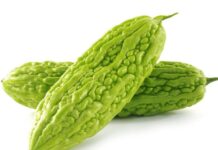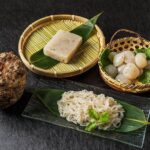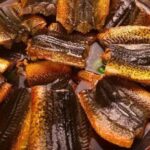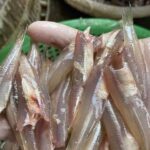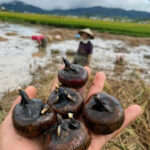Tea in Vietnam and the Story of Coffee Cherry Tea: From “Waste” to Wellness
In Vietnam, tea is a popular beverage, with green tea, black tea, and herbal infusions widely consumed. However, there is a lesser-known variety that has often been considered a “byproduct” of the coffee industry: coffee cherry tea. Coffee cherries, the outer coverings of coffee beans, were once mostly discarded or used as fertilizer. But over time, scientists and nutritionists have discovered that these cherries are packed with nutrients and powerful antioxidants, especially polyphenols.

Research analysts studying the nutritional components and antioxidants found in coffee cherry tea (cascara)
In recent years, coffee cherry tea, or cascara, has gained traction and is being embraced, especially in coffee-rich cultures like Colombia, Ethiopia, and now Vietnam. Cascara is more than just a byproduct; it’s a “super drink” due to its high antioxidant content, which helps protect the body from environmental damage. This is why cascara is attracting the attention of health-conscious and natural product enthusiasts.
Unveiling the Superb Benefits of Coffee Cherry Tea
Aside from its antioxidant properties, coffee cherry tea boasts numerous health advantages. Scientific studies suggest that this tea can aid digestion, support weight loss, and provide natural energy without the jittery side effects often associated with regular coffee. The low caffeine content in cascara provides a gentle boost without disrupting sleep patterns. It’s also rich in vitamins and minerals, including potassium and vitamin C, which are beneficial for cardiovascular health and immune function.
Additionally, some studies indicate that cascara may improve skin health, contributing to a clearer and more youthful complexion due to its antioxidant properties. This makes it ideal for those watching their weight. US patent US 12,102,099 B1 highlights cascara as a rich source of potent phenolic compounds with high antioxidant activity. These compounds, including chlorogenic, caffeic, and protocatechuic acids, are present in higher concentrations than in tea and certain fruits like strawberries, kiwis, and grapes. With advanced enzyme-bacteria technology, hydrolysis, fermentation, and drying processes, cascara offers immense value to the food, beverage, and pharmaceutical industries, delivering superior nutritional and health benefits.
The meticulous process of separating coffee cherries, followed by drying and roasting, results in a valuable nutritional product. Cascara contains less than ¼ of the caffeine found in coffee, making it a gentle alternative for those sensitive to caffeine. Preparation is simple, similar to traditional tea, and it can be enjoyed with sugar, ice, or fruit.
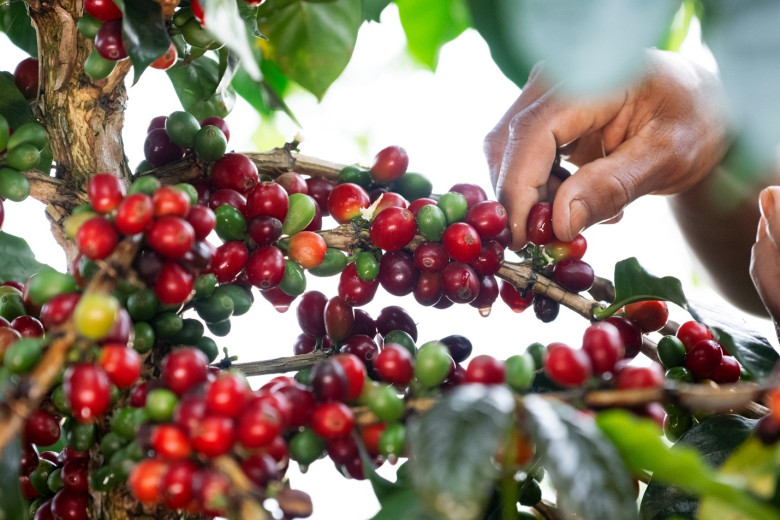
Coffee cherries being carefully harvested at a farm before drying and roasting
The Future of Coffee Cherry Tea in Vietnam
In today’s health-conscious landscape, consumers are increasingly seeking natural and healthy alternatives. Coffee cherry tea fits the bill, offering a way to maintain wellness and beautify from within by neutralizing free radicals, reducing the risks of cardiovascular disease and cancer, and addressing age-related health concerns. Its unique flavor profile, a blend of ripe fruit aromas, a slight tea astringency, and the gentle acidity of arabica, makes it an enjoyable beverage. The attractive reddish-brown color and subtle sweetness, coupled with the natural coffee aroma, create a delightful sensory experience.
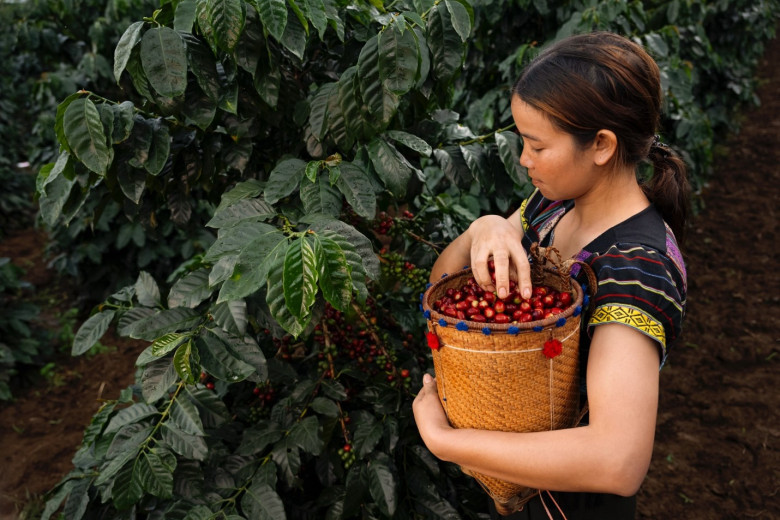
Coffee cherry tea unveils a hidden treasure, offering superior nutrition and health benefits while paving a sustainable path for the coffee industry.
Vietnam, one of the world’s largest coffee exporters, is awakening to the value of coffee cherry tea. Businesses in the coffee and food industries are recognizing the immense potential of cascara and introducing it to the Vietnamese market. Coffee cherry tea is establishing its place in the global beverage arena and is poised to become an integral part of the healthy lifestyle of Vietnamese consumers in the future.
The Underground Delicacy: A Surprise Package of Flavor and Health.
The humble tuber, devoid of any prominent aroma, has captivated the hearts (and taste buds) of many. With its unique flavor, satisfying texture, and remarkable ability to satiate hunger, the nưa root vegetable is emerging as a culinary sensation across Vietnam, from the mountainous regions of the Northwest to the provinces of the Central and Southern regions. This unassuming root vegetable is poised to become a culinary staple, seamlessly blending traditional flavors with modern culinary innovation.













